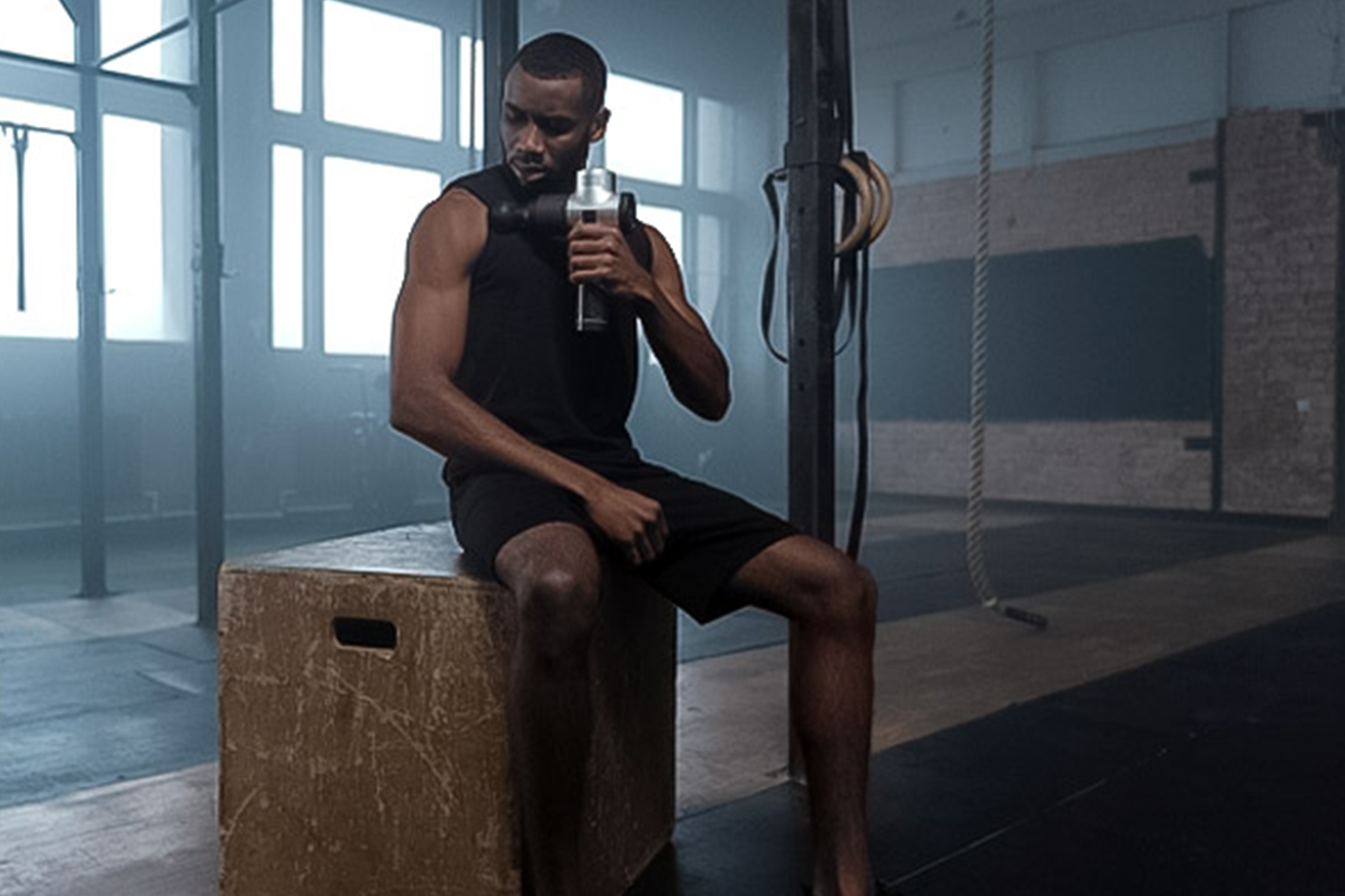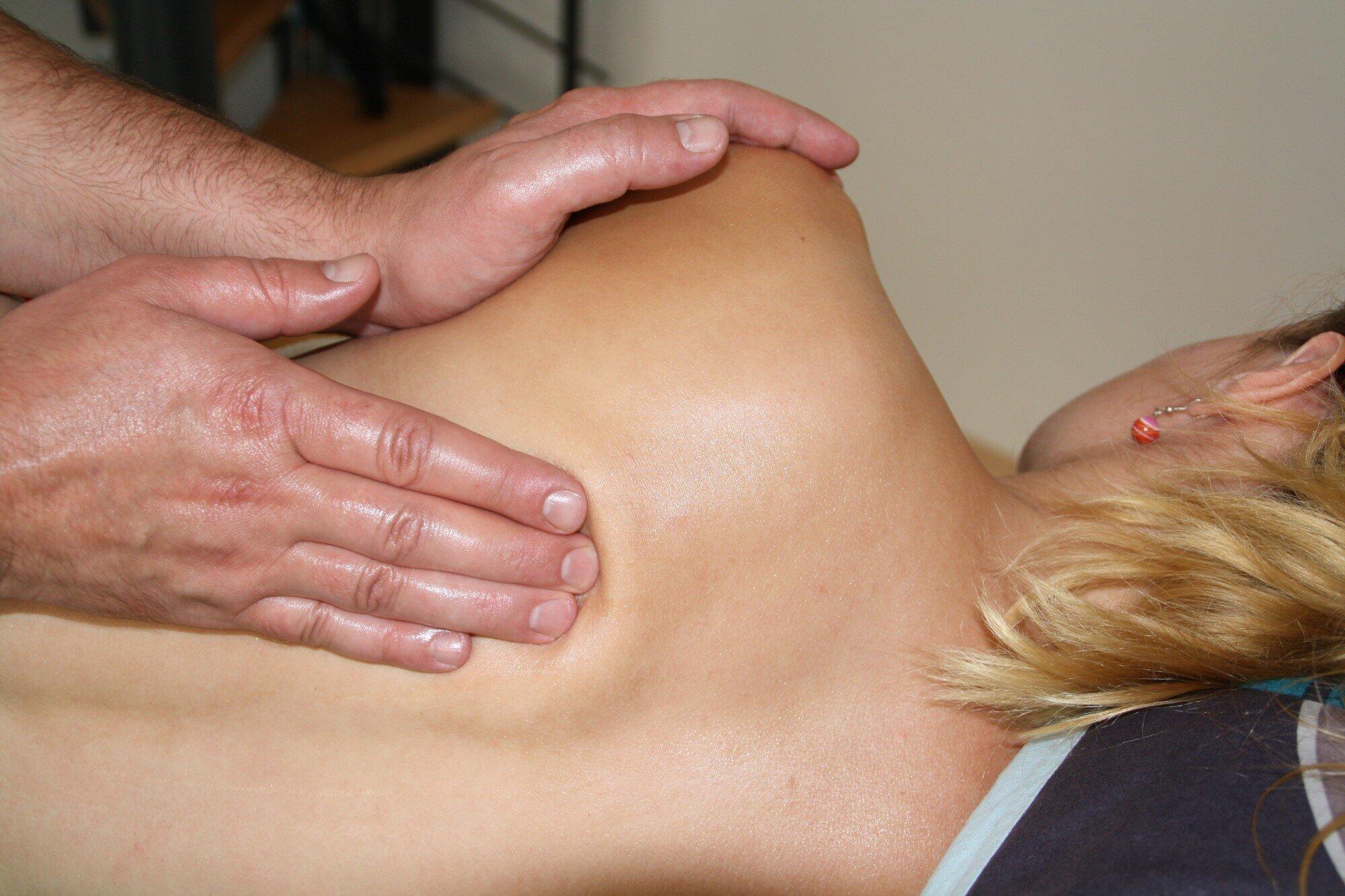Upper Extremity Exercise Considerations with Hypermobility
Hypermobility Spectrum Disorder (HSD) and Hypermobility Ehler-Danlos Syndrome (hEDS) clients require multifaceted considerations with exercise due to varying levels of joint hypermobility (general, peripheral, localized, historical), pain, joint instability, presence of osteoarthritis, presence of dysautonomia, cervical instability, temporomandibular dysfunction, presence of mast cell activation diseases, etc. The following are highlighted considerations with selection of upper extremity exercises for asymptomatic or symptomatic HSD and hEDS. Due to the complexity of HSD and hEDS, professionals should have the training and ongoing continuing education to provide care safely and effectively for those with these conditions.
1. Always consider, respect, and honor subjective feedback from clients, as they understand their bodies more than anyone and will have to endure symptom exacerbations brought on from poor exercise selection and over exertion. A symptomatic hypermobility client will present the same as asymptomatic so reports of pain should be respected and not based on your visual perspective. Respect the client and professional boundary when they say they can’t do a specific exercise or prefer not to do it.
2. Assess and utilize the information to determine the exercise intervention that will be appropriate to strengthen or restore and enhance function to meet specific performance goals or activity of daily living. Important assessments and items to consider are:
- Beighton Scale - Watch Video
- Posture
- Forward head
- Breathing mechanics could be altered
- Under and overactivity of scapular stabilizers could be present
- Could alter scapular mechanics leading to increased stress to the shoulder
- Neck range of motion deficits may be present
- Rounded shoulders
- Often leads to tight pectorals leading to mobility deficits.
- Can cause increased anterior translation of humeral head with shoulder internal rotation
- Alters positioning of the scapula
- Excessive Lumbar Lordosis
- Can alter shoulder flexion mechanics and mobility from restrictions in the latissimus dorsi musculature and anterior pelvic tilt
- Thoracic Kyphosis (postural vs structural)
- Can alter breathing mechanics and scapular positioning
- May restrict mobility
- Rib Flare
- Breathing mechanics could be altered
- Could lead to muscle weakness and restrictions
- Scapular Positioning
- Proper scapular positioning is essential to facilitate the role of the rotator cuff for dynamic stabilization of the glenohumeral joint. With hypermobility clients glenohumeral joint stability is essential for preventing dislocations and subluxations
- Shoulder Mobility Assessment
- Be aware of compensatory strategies
- Strength Assessment
- Screen for Dysfunctional Breathing Pattern
- Can cause kinetic chain issues with compensatory adaptations
3. Be aware of history of cervical instability.
4. Clients with dysautonomia will need to avoid/limit orthostatic stress.
- Supine, sidelying, reclined, and seated tend to enhance client tolerance
- Be prepared to monitor heart rate, oxygen levels, and blood pressure and have plan in place to address issues such as fainting, nausea, difficulty breathing, etc.
- May do better with machines
- Activity pacing is essential
- Hydration and nutrition prior to session is important
- If you are working with patients who are hypermobile and have dysautonomia or POTS, you should refer to a qualified professional unless you have the training to safely work with these conditions
5. Open versus Closed Chain Exercises
- Hypermobility clients may have finger, wrist, and elbow pain that may limit closed chain exercises
- Be careful with certain open chain upper extremity exercises as it could put them in positions of instability that could facilitate dislocations/subluxations
- Clients should have the prerequisite mobility and strength for the exercise gained from proper progressions and regressions that has prepared them for the intervention
- It is very important to be prepared with regressions and progressions of exercises so you can meet the needs of the client without provoking symptoms
6. Grip Tolerance
- Gloves, handles, straps, tape, and braces may improve tolerance with grip intolerance
7. Proprioception and Correct Motor Patterning are essential for Hypermobility
- Clients often will access more range of motion than what is needed for the exercise or targeted joint or already be in a rested hyperextended position (elbows as an example)
- Visual cues and tactile/external feedback can assist client with proprioception and feeling the targeted muscles working
- Utilize time under tension and isometric holds to facilitate motor control/proprioception, muscle activation, and bring awareness to the client of the targeted musculature
8. May benefit from kinesiotaping while exercising for joint proprioception, stabilization, and pain.
9. Warm-up should focus on activation and targeted trigger point release.
- Avoid stretching of protective tension musculature
10. Recovery
- Educate and work with client to make sure recovery strategies are in place.
- Soft tissue strategies, nutrition, hydration, sleep, etc.
‹ Back









